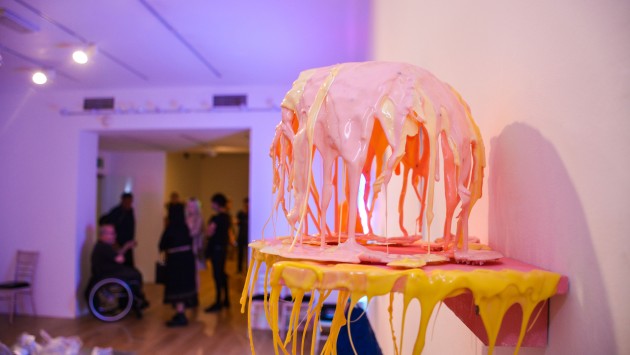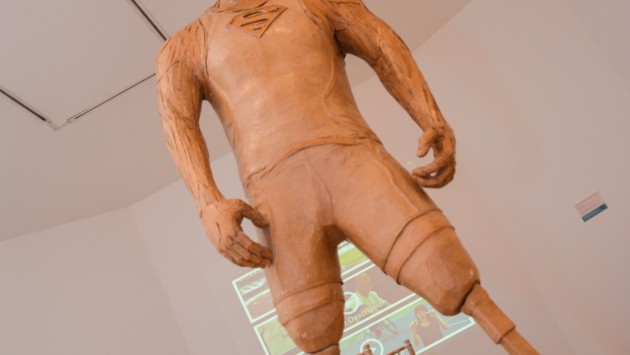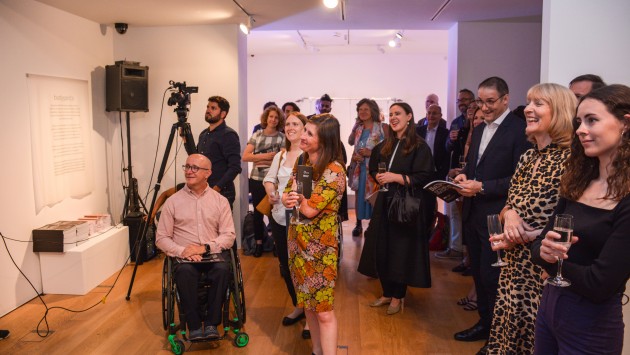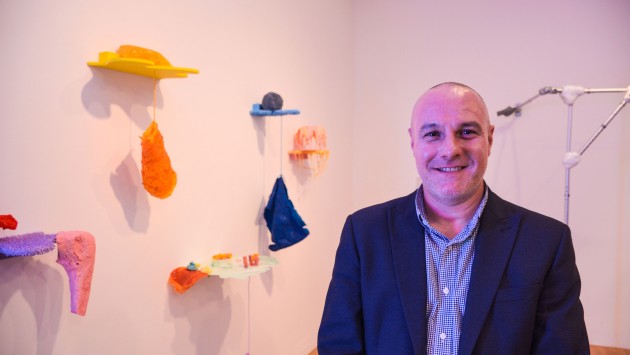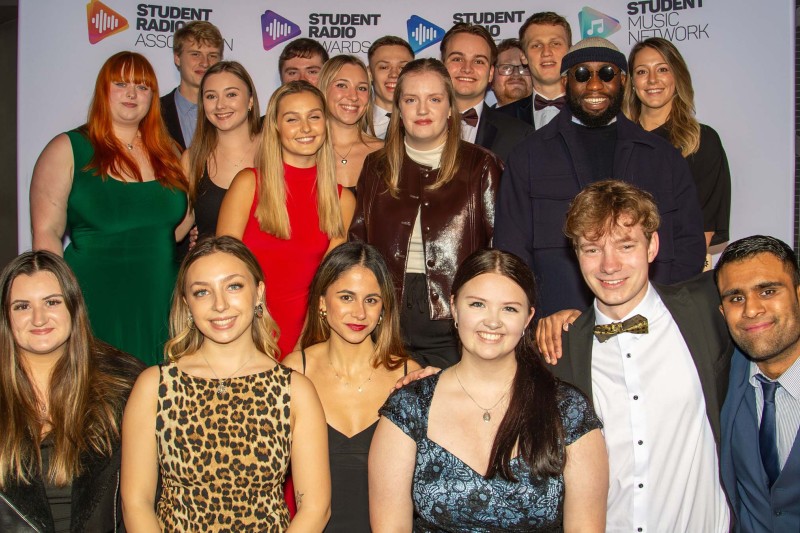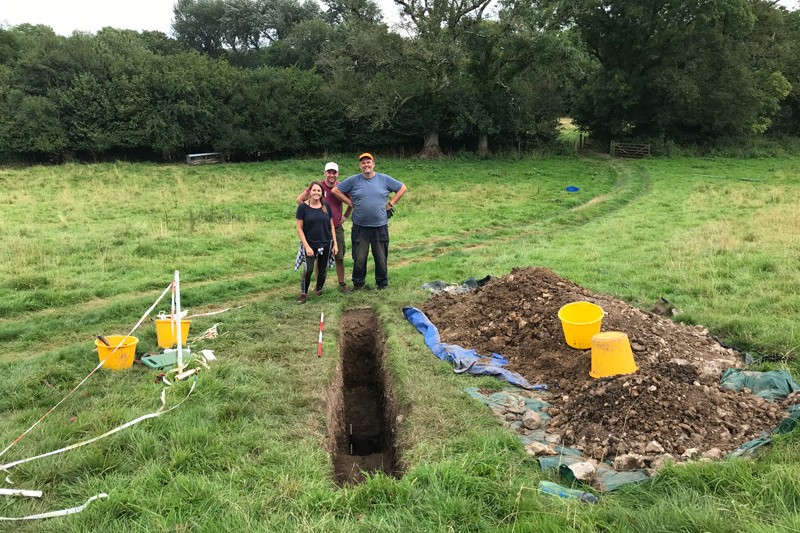Research looking at attitudes towards disability has been brought to life through a unique London art exhibition.
The bodyparts exhibition asked artists to interpret the findings of research into disability sport in multiple, visual ways so as to make it more accessible for the public.
The research, funded by the Arts and Humanities Research Council (AHRC), examined how media coverage of para-sport shapes public attitudes or influences the everyday lives of disabled people.
‘Re-presenting para sport bodies: Disability and the cultural legacy of the Paralympics’ looked at the 2016 Games in order to understand audience interpretations of disabled bodies and how they were represented through the media.
Conducted by Bournemouth University, Loughborough University, University of Bath and Western University in Canada; the research looked at how disabled bodies had been represented through the major sporting event and how attitudes towards such disabilities had changed through increased television and media exposure.
The bodyparts exhibition mixed light, colour, sound and visualisation to create an interactive interpretation of the research through art, with disabled and non-disabled artists invited to take part.
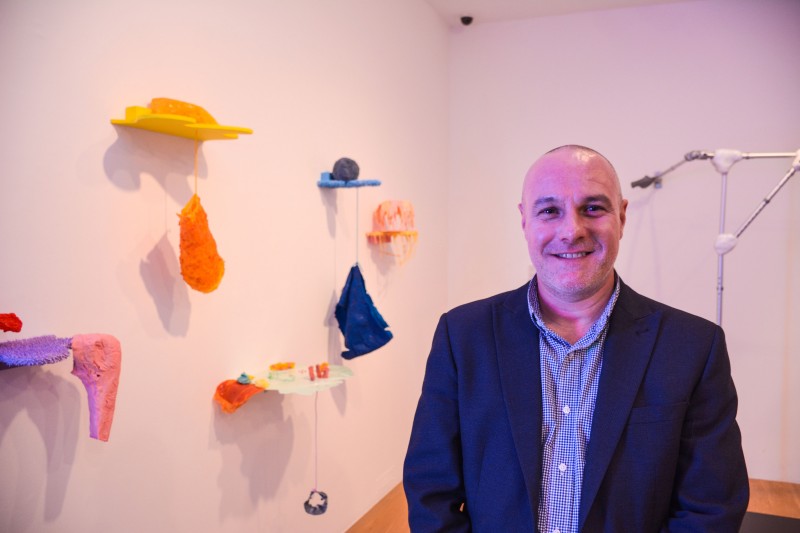
Professor Mike Silk from Bournemouth University, who led the research, said, “The exhibition has taken a large part of our data, and taken the words of the general public and brought them to life and given them a feeling, given them an emotion and given them a real sense of purpose.
“The exhibition engages the senses – to touch, to listen to the exhibitions, to immerse ourselves in them; it’s a way of reaching out to the public through the medium of art to engage the public with the results of the research and challenge them with regard to their own attitudes toward disabilities”
The research found that Paralympic representations of disability representation can and do effect positive social change with respect to disability awareness and visibility. Yet, there remains some distance to travel to eliminate some forms of exclusion, disempowerment, and marginalisation. These challenges remain particularly important related to less ‘palatable’, ‘aesthetically pleasing’, or less-visible disabilities.
The research highlighted the visibility of disability provided through the increased amount and quality of Paralympic coverage. However, the research and the bodyparts exhibition challenged relevant stakeholders to imagine possible futures which would lead further enhance the development of sustainable and progressive Paralympic legacies.
A report, with the full findings of the research project, has been produced alongside the exhibition, and draws conclusions and recommendations centred on disability representations in the media and the potential impact of major sporting events, so as to further enhance an agenda around disability inclusion, education, visibility and progressive social change.
For more information about the research, visit https://www.bournemouth.ac.uk/research/projects/re-presenting-para-sport-bodies-disability-cultural-legacy-paralympics or view our multimedia story: https://stories.bournemouth.ac.uk/bodyparts-exhibition/index.html
